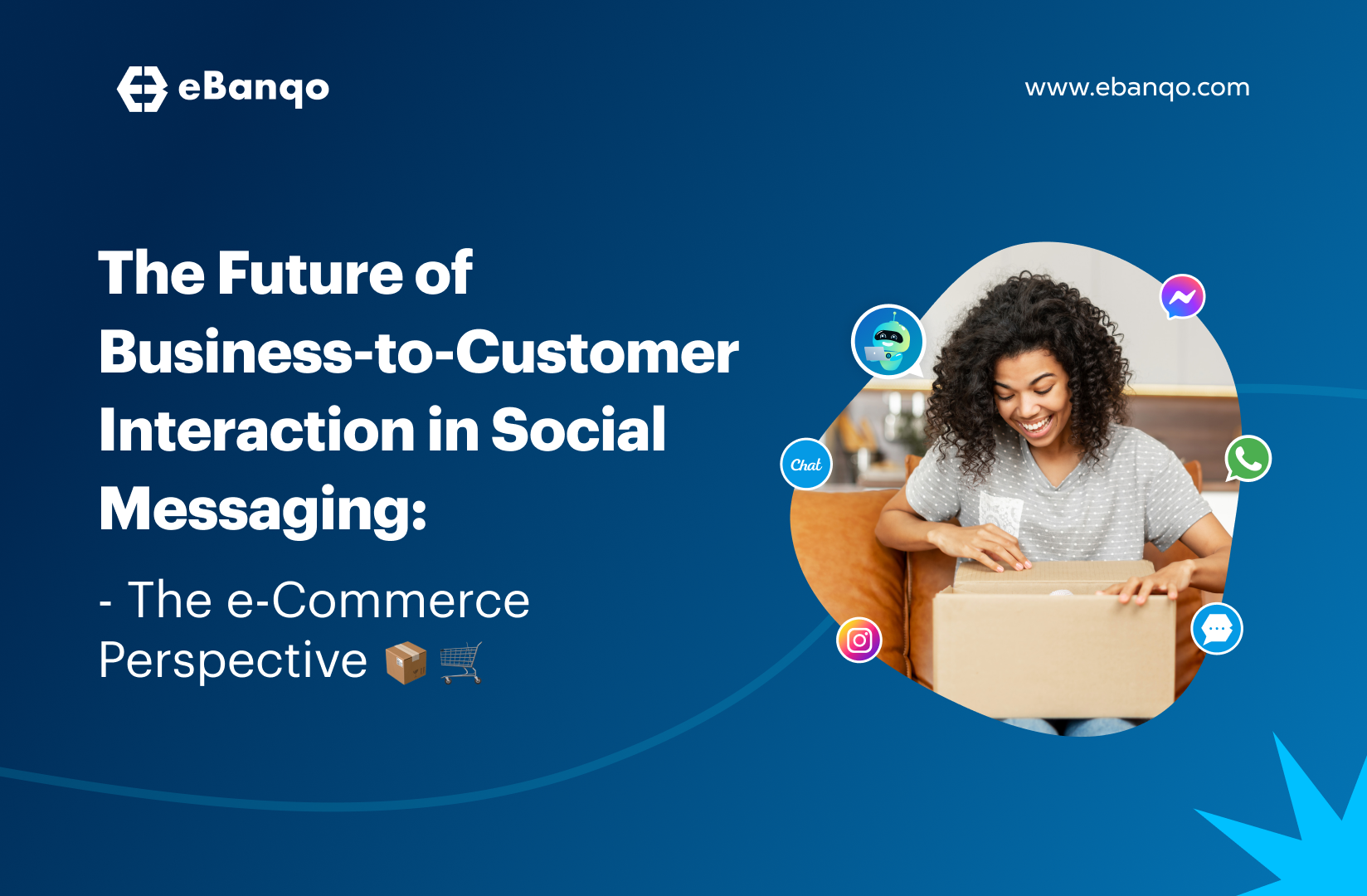
You are very familiar with the advantages of chatbots. They provide better customer experience, give instant answers to questions and improve customer service.
Despite these advantages, some customers aren’t satisfied with chatbots because it falls short of expectations. While chatbots don’t have the full capabilities of humans yet, when done right, they have innumerable benefits. So, how can you build a chatbot that meets and even exceeds your customers’ expectations, encouraging usage and driving retention?
Characteristics of a well designed chatbot
The tips below will help you build a chatbot that your customers will love:
1. Keep messages short
It is tempting to cram as much information as possible into your chatbot’s responses or messages. Apart from constituting a poor conversation experience, large blocks of texts give the impression that you’ve dominated the conversation, leaving no room for customers to make inputs.
Also, with large text blocks, you run the risk of customers not reading and abandoning the conversation.
To keep customers engaged in the conversation, keep sentences brief, cut out unnecessary parts and go straight to the point. In cases where the responses are unavoidably long, break them up into smaller chunks, giving room for customers to respond before proceeding.
2. Inform customers that they’re chatting with a bot
Before chatbots gained momentum, service reps used social media platforms like Twitter DM and Facebook Messenger to provide support. When customers engage with your business on a messaging platform, they assume that they’re interacting with a person. So once you deploy a bot on these platforms, introduce customers to the bot.
This makes them more patient and accepting if the bot is unable to process a request or answer a question. Furthermore, when customers are aware that they’re interacting with a chatbot, they communicate in a simpler and straightforward manner that the bot can easily understand. Customers value honesty and will be very displeased if they are led to believe they’re interacting with a human being.
3. Understands customers’ intents easily
Most chatbots are deployed on messaging apps that customers use daily. Naturally, they will use the conversational style they use on these platforms when interacting with your chatbot. If you don’t handle this correctly, it will lead to a poor experience.
Although informing customers that they’re chatting with a bot makes them adjust their language and conversational style, making it easier for the chatbot to understand them, they will always lapse into their natural way of chatting. Your chatbot should be equipped to handle this. Include Natural Language Processing (NLP) so that your chatbot can discern customers’ intents no matter how they say it.
Another way to ensure that your chatbot understands what customers want is by guiding the conversation from the onset. This can be achieved by informing the customers of what the chatbot can do once a conversation begins. By doing this, you reduce situations where customers ask the chatbot’s questions that are outside its scope and make it easier for your chatbot to understand what customers want. *Illustrate
4. Makes provision for human intervention
In the previous point, we emphasized the importance of ensuring your chatbot understands customers’ requests. The truth is, as much you try, there are bound to be situations where a customer’s request might be too complex for your chatbot or the customer wants to chat with an agent. Prepare for situations like this by ensuring that the customer is promptly passed on to an agent that can assist.
5. Appropriate personality
Personality makes your chatbot more relatable. In trying to infuse a personality, some brands get this wrong. They make a chatbot whose personality isn’t a match for their business nor customers.
For instance, If you’re building a healthcare bot that diagnoses simple ailments, you should know that a lot of people who will interact with the bot would be anxious or worried. So a funny or quirky chatbot will be out of place. Instead, aim for a reassuring and empathetic personality. If you’re unsure about the perfect personality for your chatbot, err on the side of caution. Assign it a neutral personality.
6. Clear task(s)
When building your chatbot, resist the urge to assign it many features and responsibilities. Start with simple but relevant goals and add more responsibilities as you move forward.
7. Well-designed conversation
The purpose of chatbots is to efficiently solve simple problems. The role of effective conversations with a chatbot in achieving this cannot be overemphasized. It is the bedrock of chatbot technology.
When designing a chatbot conversation, aim for a welcome message that is interesting enough to pique customers curiosity, causing them to interact with your bot. With the emergence of chatbots, aim for a conversational opener that is distinctive and encourages customers to continue the conversation. It is also pertinent to make it simple for a customer to continue a conversation even after it appears to have ended.
In A, the chatbot doesn’t offer the customer a way to continue the conversation if they require further assistance while B is clear to tells the customer what to do to continue.
Conclusion
The rise of self-service means that more and more customers are willing to engage with a chatbot than before. It’s your responsibility to ensure that customers have a nice experience when using your chatbot.
To provide this much-coveted experience, break up large chunks of text, inform customers that they’re interacting with a bot, use Natural Language Processing to ensure that your bot understands the quirks of human language, provide room for human takeover and assign the right personality.
Implementing this will ensure a return on investment, keeping customers satisfied and turning them into brand evangelists.
Are you considering a chatbot and have lots of questions? Reach out and we’ll answer all your questions for free.





